Ping G10 Vs Ping G30 Driver Review & Specs 2023
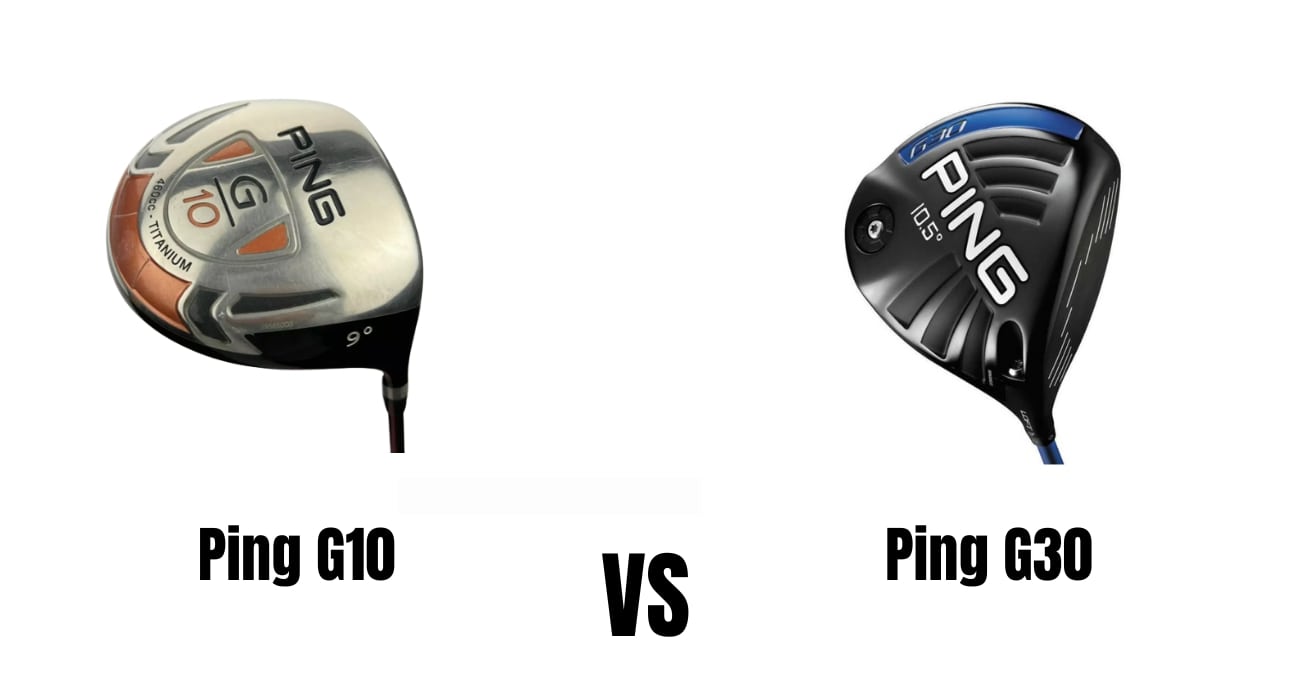
“There are seven years that separate the release of the Ping G10 and the Ping G30 drivers.”
“While features and materials certainly changed within those seven years, one thing remained constant: Ping’s commitment to making exceptionally forgiving drivers.”
If you are a fan of Ping drivers or have been fitted for some, you probably know them to be very forgiving. In fact, it feels like Ping only started making drivers for scratch players in recent years. But if you are a mid/high handicap player, Ping still has plenty to offer. Today we will be taking a look into the past at a couple of the most successful game improvement drivers Ping has ever produced: the Ping G30 and the Ping G10 driver. Can these dinosaurs really be of service to golfers in 2023? Let’s find out!
Introduction to the Ping G30 and Ping G10 Drivers
“The Ping G30 driver came out in 2014 while the Ping G10 came out in 2007.”
Both of these drivers have large, 460cc heads. Behind the ball, they both look beefy and very assuring if you’re a higher handicap player. Both drivers also feature titanium heads. However, the Ping G30 driver, being the newer driver, has a more refined form of titanium.
The face of the Ping G30 driver is made of T9S titanium. We’re not sure how the standard titanium used in the Ping G10 driver and the TS9 titanium in the Ping G30 differ chemically; but we do know that the face of the Ping G30 driver feels a little crisper and is a bit more consistent.
Another important thing to note is that, like modern Ping drivers, the Ping G30 is also offered in an SFT version. SFT stands for straight flight technology. The SFT version has more mass placed near the heel to eliminate fades and slices. The Ping G30 SFT also has a swing weight of D1 as opposed to the D3 swing weight of the standard Ping G30 and the Ping G10 driver.
Key Selling Points of the Ping G10 Driver
- Variable face thickness creates different flexing zones that cover common mis-hit zones on the face.
- Deep face design allows for more forgiveness and the preservation of ball speed on low-face mis-hits.
- The titanium head design helps to limit warping when you miss the sweet spot which results in straighter and more predictable flight.
- The 460cc head volume gives you a lot of leeway on the face. It’s almost impossible to produce a high side-spin, low-trajectory shot with this driver.
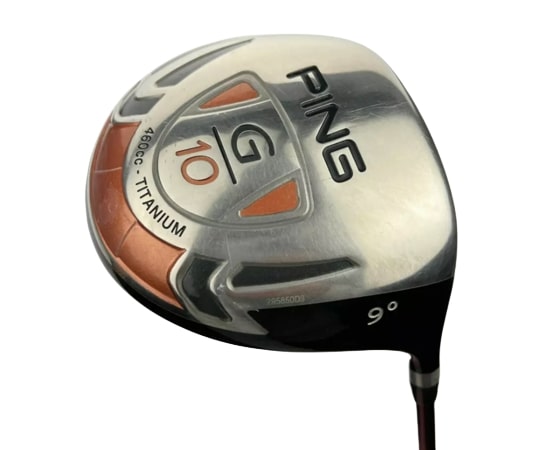
Overall Score: 96/100
Check Out More Reviews Here:
Key Selling Points of the Ping G30 Driver
- The Ping G30 comes stock with a counterbalanced shaft allowing for a heavier swing weight without making the club unmanageable.
- The Ping G30 also sports a 460cc head volume which makes it inherently forgiving.
- TS9 titanium is incredibly resilient and in the case of the Ping G30 driver, delivers a crisp, metallic crack at impact.
- An adjustable hosel allows fitters to tweak the loft up or down by a degree.
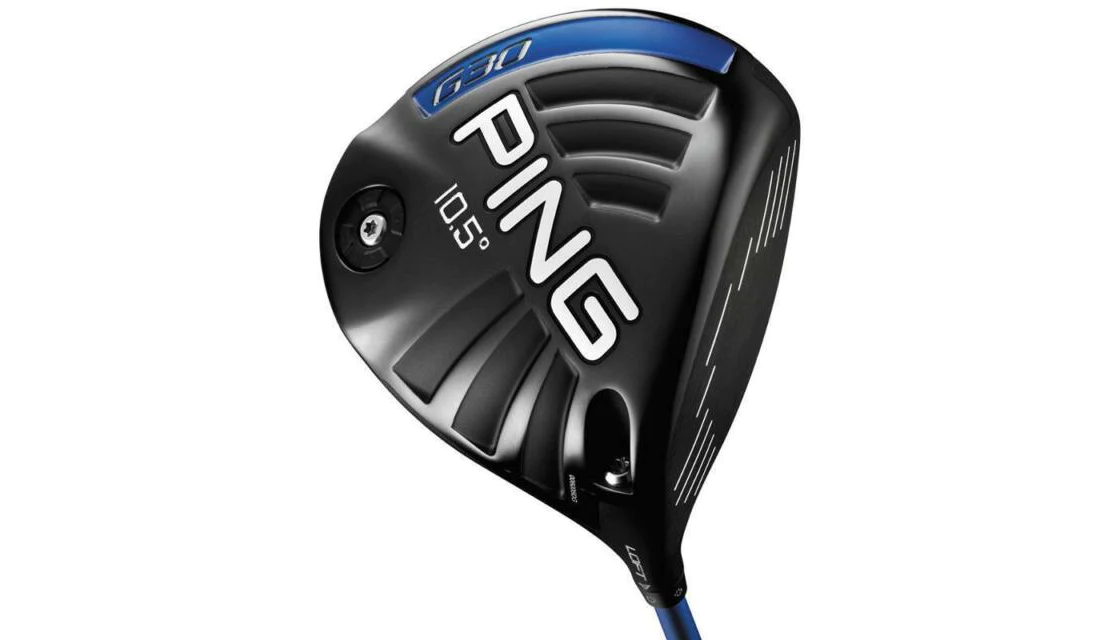
Overall Score: 97/100
Check Out More Reviews Here:
Loft Comparison
“The Ping G10 driver is offered in five unique lofts while the Ping G30 comes in four standard lofts.”
You can get the Ping G10 in 7.5°, 9°, 10.5°, 12° and 13.5°. Meanwhile the Ping G30 comes in 9°, 10.5°, 10°, and 12°. Keep in mind though that the 10 and 12 degree versions are SFT and that each loft includes an adjustable loft sleeve.
What Shaft Options Do You Get With Each Driver?
Ping G10
You can still get the Ping G10 with a lot of custom shafts including Grafalloy ProLaunch Red, Ping TFC 129D, Grafalloy ProLaunch Blue 55, UST ProForce V2, Aldila NVS 65 and Aldila VS Proto 80.
Ping G30
The Ping G30 is available with Ping Tour 65, Ping TFC 419D, Graphite Design Tour AD DI-6, UST Mamiya MP5 Hybrid Lite, Alta CB 55, Aldila NVS Orange 65 NXT and Ping TFC 80D shafts.
Who is Best Suited to Each Driver?
“There were a lot of performance similarities between these two drivers.”
At the end of the day though, the Ping G30 did everything the Ping G10 could do, only better. Still, both of these drivers would work for players who need to gain more carry by launching the ball higher.
Distance Comparison
“The Ping G30 was the slightly longer driver.”
It seemed that the Ping G30 was producing slightly better club head speed which resulted in slightly more carry. In the end, the G10 produced an average carry of 249.7 yards while the Ping G30 averaged 258.8 yards for our testers.
Forgiveness
“Both drivers were splendidly forgiving.”
However, it was easier to get the ball up and out with the Ping G30. It was the speedier driver overall regardless of swing speed. But high handicappers won’t have trouble finding the sweet spot with either of these drivers.
How Do They Compare on price?
You can find the Ping G10 on sale (pre-owned) for about $100. The Ping G30 usually sells (also pre-owned) between $170 and $200.
Other Drivers to Consider
Rogue ST Max
Key Features
- 26g tungsten cartridge
- Jailbreak Speed frame
- I. design face
- Triaxial carbon crown
Overall Score: 96/100
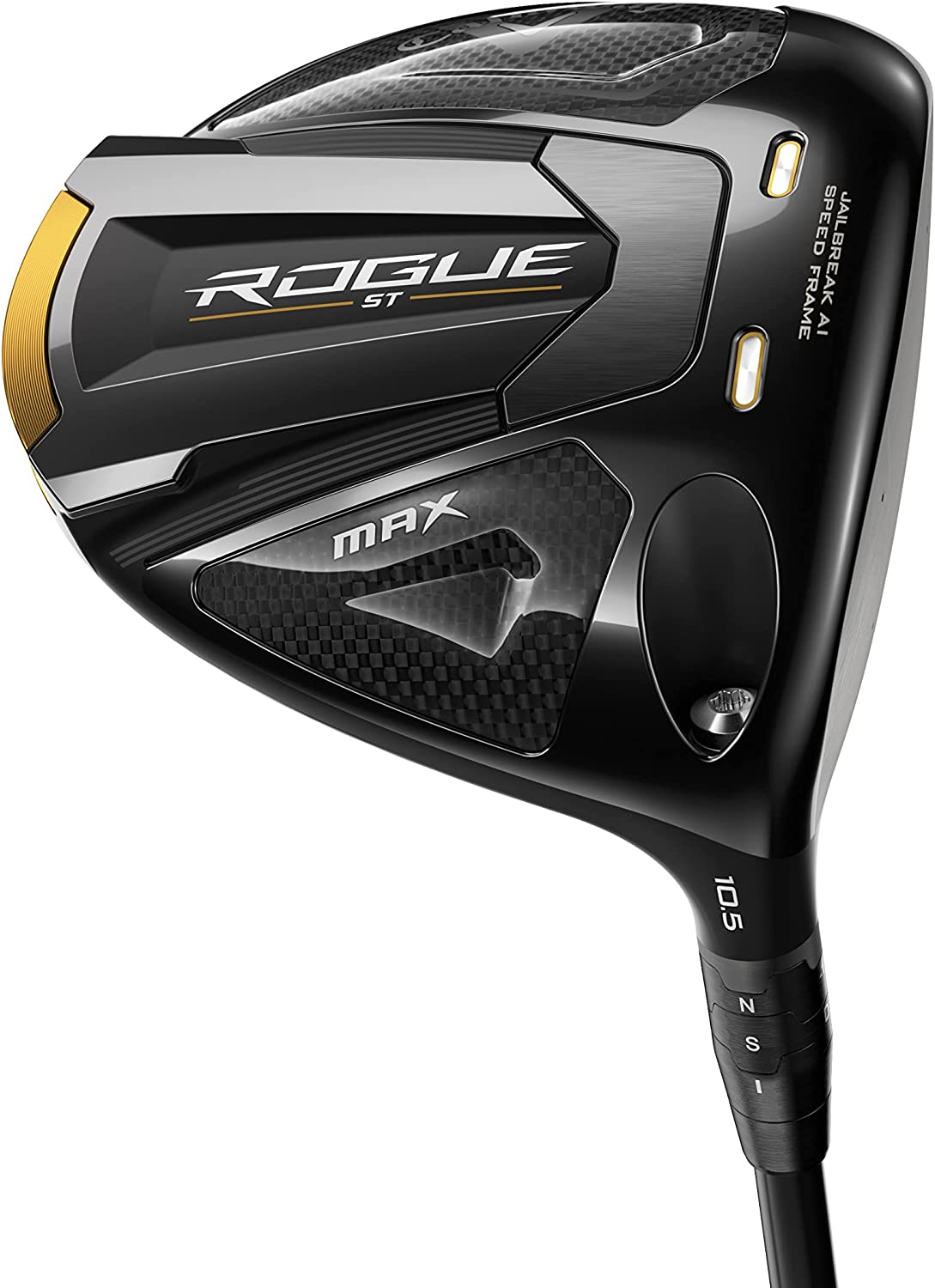
Check Out More Reviews Here:
Taylormade SIM2
Key Features
- 16g rear weight
- Front weight to reduce spin
- Speed pocket
- Inertia generator
Overall Score: 97/100
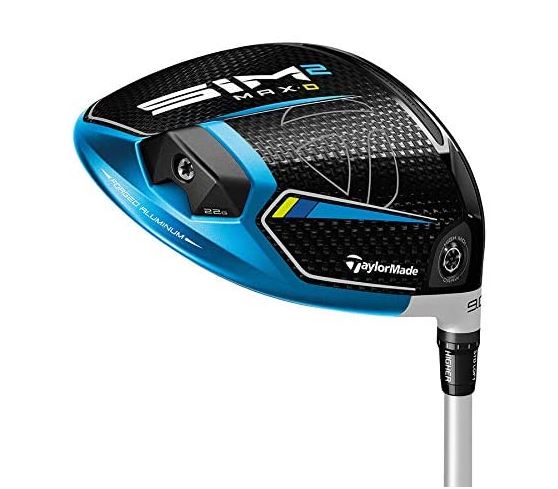
Check Out More Reviews Here:
Ping G25
Key Features
- Adjustable loft sleeve
- Square face angle
- 460cc head
- Large footprint
Overall Score: 95/100
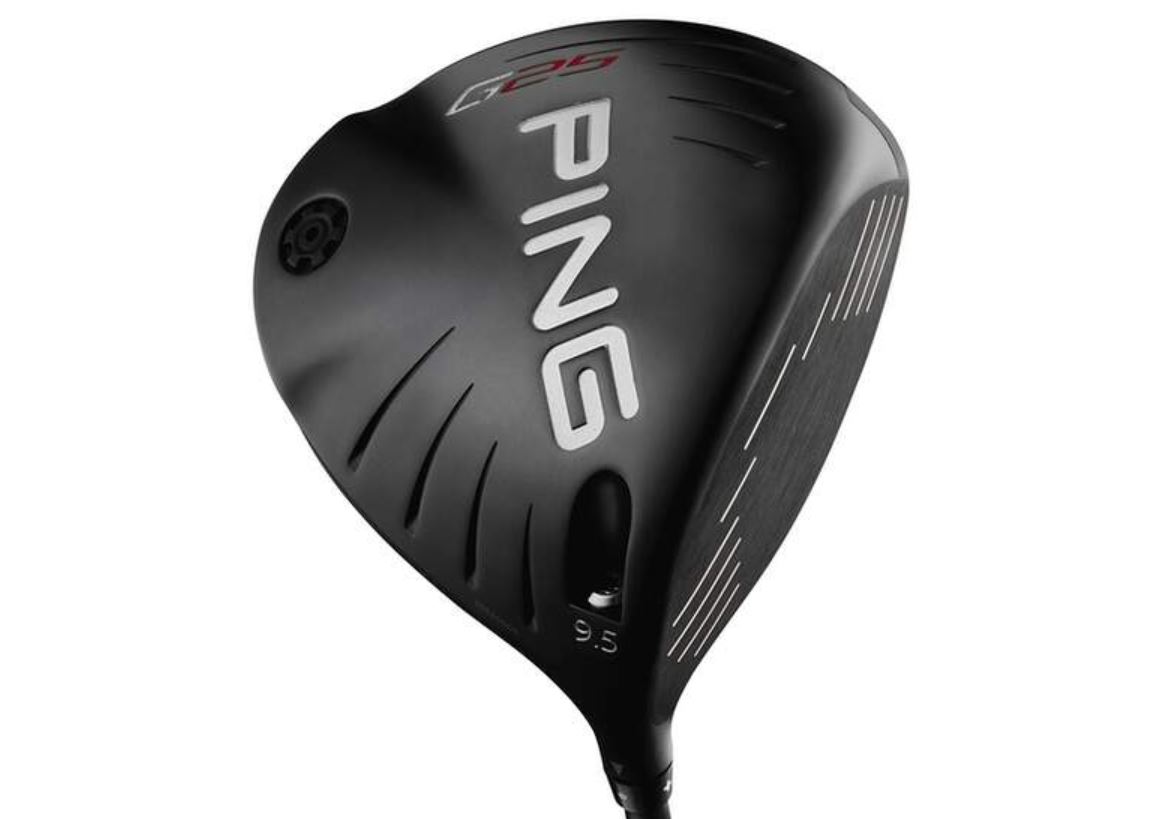
Check Out More Reviews Here:
Which Driver Do We Recommend?
“We really liked the Taylormade SIM2 and the Ping G30 drivers.”
These are the drivers that will do the most for mid to high handicappers. They are supremely easy to launch and you get great ball speed on almost all kinds of shots.
Conclusion on Ping G30 Vs Ping G10 Drivers
“The Ping G30 outperforms the G10 on distance – and it’s the nicer looking/sounding driver.”
The G30 has a more modern look and more modern features. All the forgiveness of the G10 is retained in the G30; just in a better overall package. The Ping G30 is the clear winner in this comparison.



